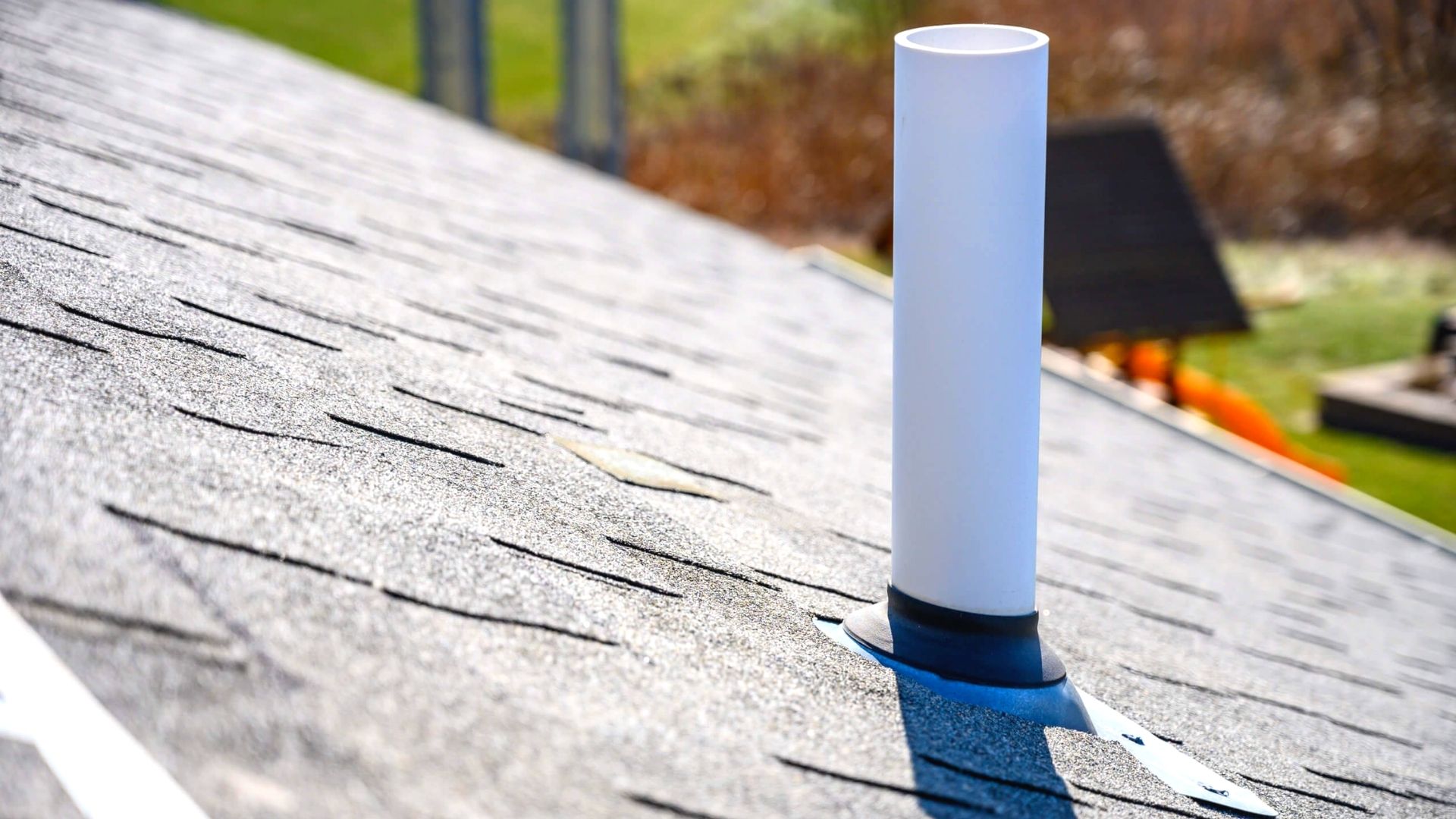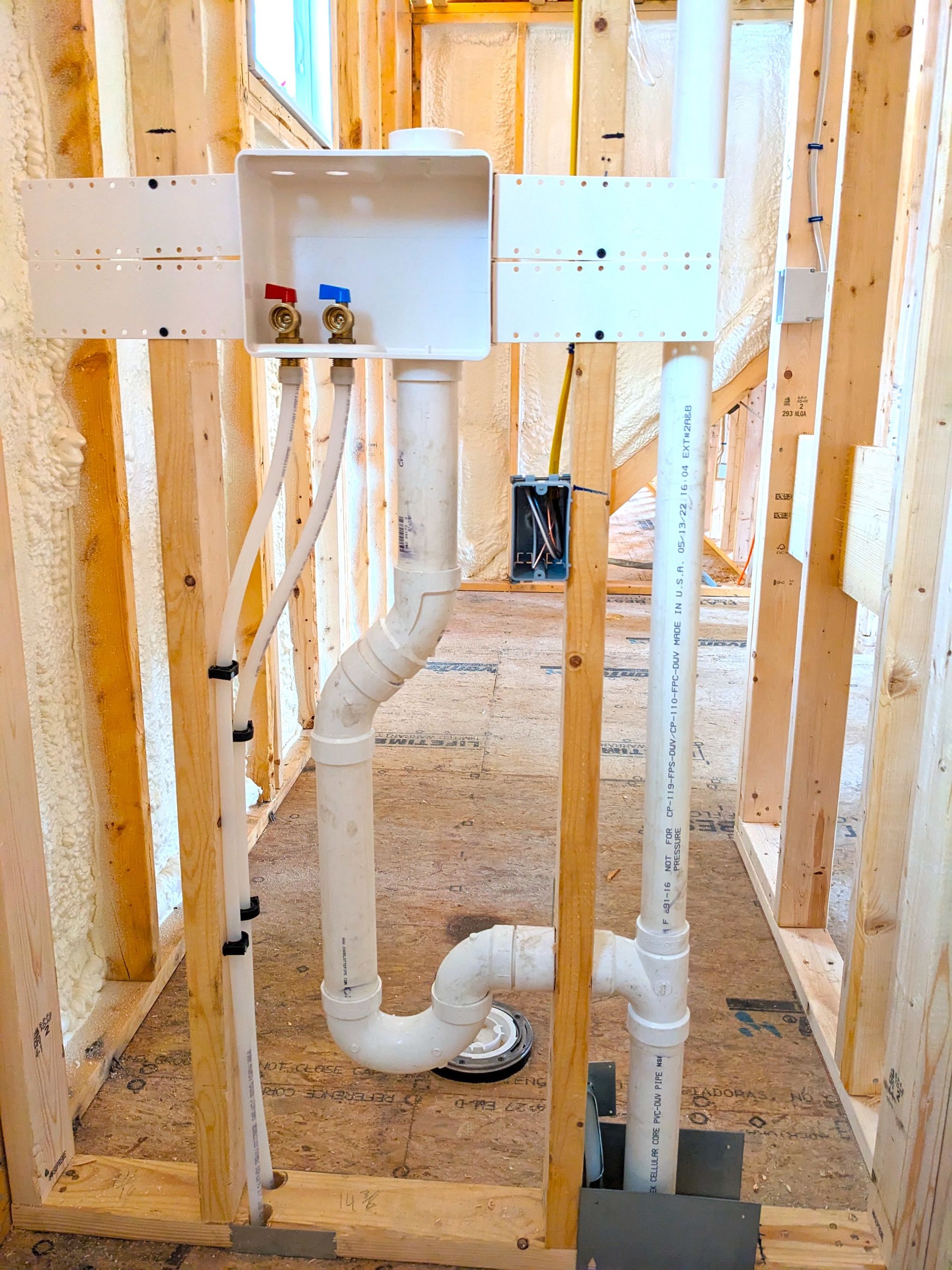The Importance of Ventilation in Plumbing Systems
The Importance of Ventilation in Plumbing Systems
Blog Article
The content down below in relation to What Are Plumbing Vents and Why Are They Important? is fairly enjoyable. You should keep reading.

Correct air flow in pipes systems is frequently overlooked, yet it is important for preserving the performance and safety and security of your home's pipes. Ventilation assists manage air pressure, protect against the buildup of dangerous gases, and guarantee the efficient removal of waste. In this guide, we will check out the relevance of correct pipes air flow, just how it functions, and the advantages it offers your pipes system.
Understanding Ventilation in Pipes
Air flow in pipes describes the network of pipes that allow air to flow through the drainage system. These vents offer numerous objectives, including regulating air pressure within the pipes, preventing sewage system gases from entering the home, and helping in the smooth circulation of wastewater.
Exactly How Ventilation Functions in Pipes Equipments
Air Pressure Policy
Appropriate air flow preserves well balanced air pressure within the pipes system. When water streams via pipes, it displaces air. Without ample ventilation, this variation can create unfavorable stress, resulting in reduce drains or siphoning of water from catches, which can cause unpleasant smells to permeate right into the home.
Preventing Drain Gas Accumulation
Among one of the most vital functions of pipes vents is to prevent sewer gases, such as methane and hydrogen sulfide, from collecting within the home. These gases can posture severe wellness risks and are extremely combustible. Vent pipes allow these gases to get away securely outside.
Helping in Waste Elimination
Air flow aids in the efficient removal of wastewater by avoiding airlocks in the drain system. When air can move freely with the vents, it enables water and waste to stream smoothly with the pipes, minimizing the danger of blockages and back-ups.
Types of Pipes Vents
Main Heap Vent
The primary pile air vent, likewise referred to as the vent pile, is the main vent in a plumbing system. It extends from the major drainpipe line up through the roof, enabling gases to escape and fresh air to get in the system.
Branch Vent
Branch vents link to the main pile vent and serve specific fixtures, such as sinks, commodes, and showers. These vents make certain that each fixture has sufficient ventilation to work correctly.
Air Admittance Shutoff (AAV).
An Air Admittance Valve (AAV) is a one-way valve that permits air to go into the pipes system without the requirement for a traditional air vent pipeline expanding with the roofing. AAVs are generally made use of in remodellings or areas where installing a basic vent is impractical.
Signs of Poor Ventilation in Pipes.
Slow Draining Fixtures.
If your sinks, bathtubs, or commodes are draining gradually, maybe a sign of poor ventilation. Inadequate air circulation can create a vacuum cleaner effect, making it difficult for water to drain appropriately.
Gurgling Appears.
Gurgling noises coming from drains are commonly an outcome of air being drawn through water catches because of negative pressure in the pipelines. This is a clear indicator of inadequate ventilation.
Undesirable Smells.
Sewage system odors inside your home are a warning that your pipes system is not appropriately ventilated. This can imply that sewer gases are not being effectively aired vent outside, causing potentially unsafe problems.
Usual Ventilation Errors.
Insufficient Vent Sizing.
Utilizing undersized vent pipes can cause poor air circulation and pressure discrepancies in the system. It's essential to make use of vents that satisfy the specific needs of your pipes system.
Improper Vent Placement.
Positioning vents too far from the components they serve can decrease their effectiveness. Appropriate placement makes certain that air can flow openly and effectively via the system.
Disregarding Code Demands.
Building codes give details standards for plumbing air flow. Disregarding these codes can cause a system that stops working to operate appropriately and might result in expensive repairs or health hazards.
Benefits of Proper Air Flow.
Boosted System Performance.
Properly ventilated pipes systems run more effectively, with fewer blockages, faster draining, and much less stress on the pipelines. This performance prolongs the life-span of the pipes system.
Improved Air Top Quality.
By avoiding sewer gases from entering your home, appropriate ventilation adds to much better indoor air high quality, making your living atmosphere healthier and extra comfortable.
Avoiding Water Damage.
Sufficient air flow helps stop water from being siphoned out of traps, which can bring about sewage system gases entering the home and triggering water damages in time.
Actions to Make Sure Correct Air Flow.
Consulting Plumbing Codes.
Constantly consult regional pipes codes when developing or changing your plumbing system. These codes provide the needed guidelines for appropriate airing vent and guarantee your system fulfills security requirements.
Normal Examination and Maintenance.
Routine evaluations can assist determine potential air flow issues before they become major troubles. Maintenance tasks, such as cleaning up vent pipes and checking for obstructions, are necessary for maintaining the system in good working order.
Specialist Installment.
For new setups or major modifications, it's wise to work with a specialist plumbing professional. They have the experience to make sure the air flow system is correctly made and set up according to code.
Final thought.
Proper air flow is an essential element of any kind of plumbing system, ensuring that it operates efficiently and safely. By recognizing the relevance of ventilation, acknowledging the signs of bad ventilation, and taking actions to maintain your system, you can protect against expensive issues and protect your home's air high quality.
Understanding the Role of Your Plumbing Vents in the Drainage System
The plumbing system in your home is more than just the kitchen sink, toilet, and bathroom. Some problems that arise within home plumbing are hard to detect because homeowners may not understand potential causes.
One part of the plumbing system that could cause you endless problems is the venting. The drain lines that run through your home and drain wastewater need proper venting to function properly. Faulty plumbing vents can lead to several problems that require the expertise of a plumber to check them out. Before finding experienced plumbing services, there are a few things to learn about plumbing vents.
Why vents are vital
Vents in the plumbing system lead to an outside area such as the roof or the back. The function of these vents is to keep sewer gases away from the drain pipes. They also establish seals in the drainage pipes that prevent the sucking back of waste gases into the home. Venting in the plumbing system also allows oxygen to get into the drainage system, which is an essential component in the breakdown of waste matter. The vents also ensure that the air pressure within the drainage system remains balanced, facilitating the flow of wastewater.
Possible problems
When the plumbing vents are problematic, one of the consequences is imbalanced water levels in the toilet. If you notice that the levels in the toilet bowl rise and fall all the time, then there may be something wrong with the vents.
Another issue is air bubble formation within the toilet. In most cases like these, the drain pipes are not receiving enough air. Lack of air pressure equalization is what leads to water flow problems. If you come across such issues in your home, make sure you call professional plumbers, such as the ones from Perfection Plumbing & Drain Cleaning Ltd.
Potential causes
Several scenarios can lead to some of the plumbing problems that homeowners suffer because of venting. One such scenario is the use of incorrectly sized vents. Usually, vents are the same size as the drain line to facilitate proper venting. Vents that are too small will lead to some plumbing issues. Another potential cause is fixtures that are not close enough to the vents. In this scenario, air forces itself through the traps of other fixtures, leading to gurgling sounds from toilets and sinks.
Most of these problems also happen with clogged vents. Tree leaves and debris can cause clogging when they make their way down a vent. Unclogging plumbing vents is a service that you can entrust to Saskatoon plumbers. They will know how to snake down vents and remove clogging stuck in fixtures.

I came across that review about What Is A Plumbing Vent & How Do They Work? when scouting around the web. Do you know another individual who is fascinated with the subject? Be sure promote it. Thanks a lot for taking the time to read it.
Click For More Information Report this page